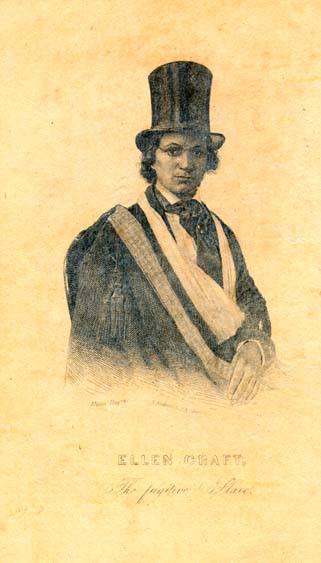The Changing Face of Liverpool 8Posted in Articles, Identity Development/Psychology, Media Archive, United Kingdom on 2011-04-06 01:32Z by Steven |
The Changing Face of Liverpool 8
Diverse Magazine
2009
Dave Clay
Four hundred years of shackles and chains, four hundred years of racist names and institutionalised racist games, Slavepool’s history has got to change
“Slavepool” by Eugene Lange AKA Muhammad Khalil
My mate, the late and inspirational, John Hill once described Liverpool-born Black people as Puzzle People. He had touched on the puzzling question of identity in the City of Liverpool. Negro in the 1940s, Second Generation Immigrants in the 1950s, Mixed-Race in the 1960s, Coloured/Half-caste in the1970s, Afro Caribbean in the 1980s, Ethnic Minority in the 1990s and to be found somewhere on an Ethnic Monitoring Form in the Millennium. You can be, politely, described as any of the above at any given time or era in Liverpool. Confused? This article endeavours to explore the so-called Identity Crisis in Liverpool from a Liverpool-born Black perspective.
When I considered which direction this article should take I found that it was so emotional that I had to express some feelings and experiences, rather than provide an academic overview of identity in Liverpool. The latter is more than adequately addressed by Dr. Ray Costello in his excellent overview of this subject on page.
I was born and raised in the Granby area of Liverpool 8 with an African father and a White mother. We were born in the slums of Liverpool 8. As a teenager in the early 1960s I considered myself as one of the ‘Shines’. Obviously intended as a derogatory remark. It was one term used to describe Liverpool Blacks and was fitting with the racist Scouse humour of the time. Here’s an example: Question—Where is the cleanest street in Liverpool?—Answer: Upper Parliament Street where there is a Shine on every corner!…
…FROME SHINES TO HALF-CASTE
Little had changed by the time I became one of the older boys. Maybe I’m being a bit harsh. It was now almost 1970 and we were now being called Half-Caste and we continued in the tradition of fighting racism head on. The term half-caste in many ways distinguished us from our fathers only in the sense that we spoke the Scouse ‘language’; we were here to stay and mostly stood up for ourselves. It also isolated us from from Black people outside of Liverpool. Terms like ‘Yellow Man’ ‘half breed’ and ‘red’ were familiar terms within a growing Black population. As a 12 year old I recall being told about the ‘mad African’ who struttered around Upper Stanhope Street waving a paper and shouting extremities about ‘half-caste’ people. We used to consider him as an object of fun. One day I actually listened to what he was saying and it summed up the dilemmas faced by Black kids of our generation; “You half-caste. You are from nowhere. You were born in the middle of the Ocean”. Our fathers took a different view. They considered us as English, ignoring the skin pigmentation. Why did they not teach us African? We deployed ‘back slang’ instead. The African community was more elderly and holding on to the last strand of the institutions they had created; The Ibo, The Federation, The Crew Club, The Sierra Leone, The Nigerian and The Yoruba. They saw themselves as returning to Africa one day, not with us, and saw no reason why their sons and daughters could not assimilate into the indigenous population since we were born in Liverpool, England, not Freetown Sierra Leone. Unlike their sons and daughters they had no fight in Britain. It was here Africans had arrived from slavery, colonialism, poverty and wars and in many ways they tried to shield us from racism, in order to ensure a good quality of life. They were polite, courteous, believed in education and, in some ways, were too appreciative of Britain for allowing them an opportunity in a country that had occupied Africa. This is not to ignore the African blood that was shed in two World Wars. Fortunately we knew the reality of Liverpool and English history. Our foot was in all camps in regard to Africa, language and Liverpool culture. We could not be hoodwinked too easily. We know racism—be it subtle or overt. In any past life we could have been slaves in Africa, on the Masta’s Plantation, targets of the KKK in America, rioters in Watts, or Rodney King, categorised in apartheid South Africa or joining the Mau Mau resistance…
Read the entire article here.


